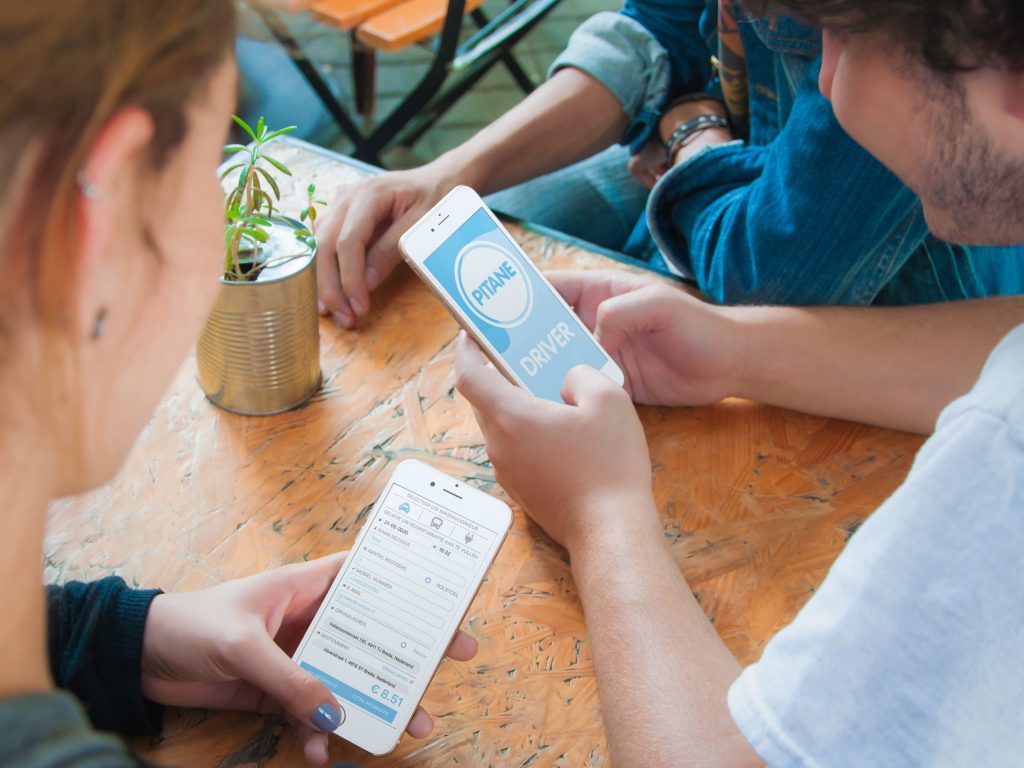Since June 4, the government has made a subsidy budget of four thousand euros possible for the purchase of a new electric passenger car for private individuals. When purchasing a second-hand electric passenger car for private individuals, the government made a subsidy budget of two thousand euros possible. The so-called SEPP scheme, Subsidy for Electric Passenger Cars Individuals. People who would purchase a new electric passenger car privately in the period from 1 July 2020 to 1 July 2025 are eligible for this subsidy of four thousand euros.
Individuals who buy a second-hand electric passenger car during this period receive a subsidy of two thousand euros. The subsidy budget that the government has available for second-hand electric cars is 7,2 million euros. In this way, the government wanted to stimulate and make electric driving attractive, which is ultimately also better for the environment.
As it turns out, after a week the subsidy budget of 10 million euros by 2020 for new electric passenger cars has already run out. There has been a huge rush for this subsidy scheme. From Wednesday 1 July 9:00 am people could submit their application to the Netherlands Enterprise Agency (RVO). On 6 July at 9:00 am there had already been 2094 subsidy applications for new electric cars and 732 subsidy applications for second-hand electric cars.
The annual budget for new electric cars is then almost oversubscribed. Anyone who applies for a subsidy for a new electric car after the annual budget has been deferred will be moved to 2021. The transfer will only apply if there is sufficient budget for that year. The subsidy budget for 2021 is not yet known. Fortunately, the subsidy budget for second-hand electric cars has not yet run out. Not all electric cars are eligible for the subsidy scheme, the Netherlands Enterprise Agency has one list on their website are models approved.
Also read: Air traffic at Schiphol is increasing again this month


